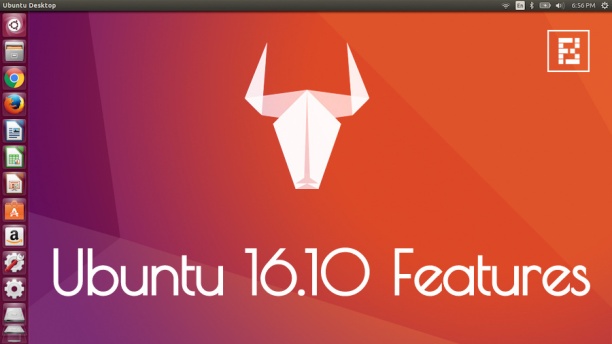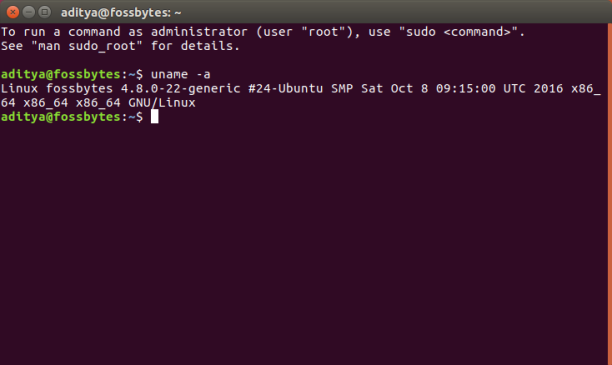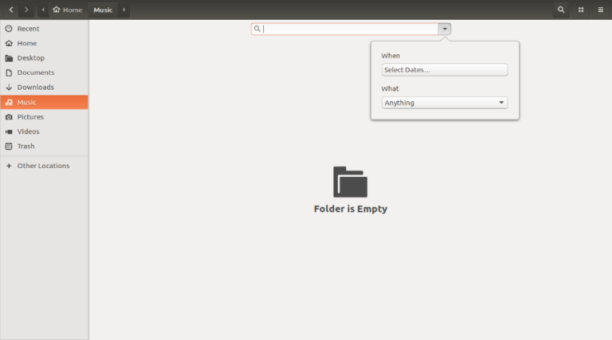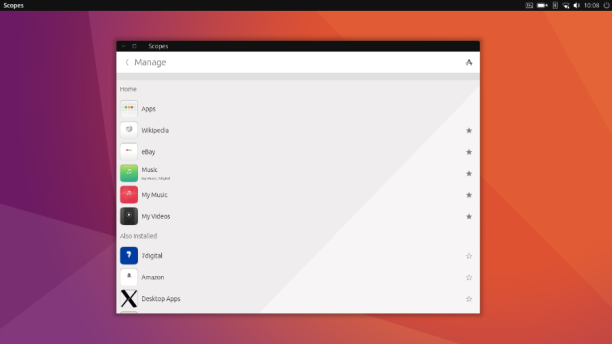Short Bytes: There is a wide range of devices and platforms one needs to account for when developing a mobile app. An automation app for Mobile Testing can save development and testing time. Here are 5 top open source automated mobile testing frameworks to use, including the likes of Appium, Robotium, and Selendroid.
Testing a software application can be quite cumbersome. Software companies have separate teams allotted just for testing and analyzing their applications. To ease this process, they often design and develop their own effective testing strategies.
The process gets further complicated when the application is cross-platform rather than a single platform (native). For example, a cross-platform mobile app accounts for usage across multiple devices and operating systems. Additionally, mobile hardware and their operating systems are constantly upgraded. Therefore, it is natural to have a generic automated tool for testing software applications. Focussing on mobile applications, the first step in automating your testing is to choose the right framework.
Here are 5 top open source mobile testing frameworks to use:
1. Appium (Android, iOS)
- Supports Android versions from 2.3 and above
- Utilizes UI Automator and WebDriver libraries
- Supports Java, C#, Ruby and those available in the WebDriver library
- Cross Browser support (Safari and Chrome)
- Compatible with JSON wire protocol
- Cross-platform capabilities to run tests across multiple devices
2. Robotium (Android)
- Supports Android 1.6 version and above
- Easy to write powerful test scenarios
- Supports Java
- Handles multiple Android routines automatically
- No Record and Play function and no screenshots
3. Selendroid (Android)
- Uses Selenium 2 client API
- Fully compatible with JSON wire protocol
- No alteration of app under test is needed to automate it
- Can interact with multiple Android devices at the same time
4. Keep It Functional (iOS)
- Supports Objective-C and Swift languages
- Strong and active open source community
- Tests are easy to write, in the same language as the code
- Little or no external dependencies
5. Monkey Talk (Android, iOS)
- Supports a broad range of basic to advanced tests
- A Powerful cross-platform tool enabling high productivity
- Records and plays test scripts for cross-platform apps
- Widely used for native Android, iOS, HTML5, and Adobe Flex apps
These are the top open source tools for mobile test automation. They have a large open source community that is involved in guiding users and contributing to the project. Try any of the above frameworks for a faster mobile app development.
So, which mobile testing app do you use? Do you have something to add? Comment and share with us.
This blog was first published on: https://fossbytes.com/5-open-source-mobile-test-automation-tools/
This blog was first published on: https://fossbytes.com/5-open-source-mobile-test-automation-tools/










